Adiantum capillus-veneris L.
PteridaceaeLa predilección de esta planta por crecer en zonas húmedas y sombrías como pozos, grietas o cuevas, probablemente llevó a los griegos antiguos a pensarla conformando la corona de Hades, dios del Inframundo conocido por los romanos por Plutón. El mismo nombre científico es de origen griego y latino: por un lado, adianton, palabra formada por el verbo diaino, “mojar”, y la negación a, porque no retiene el agua aunque se sumerja en ella; por otro lado, capillus-veneris remite a la cabellera de otra diosa clásica, Venus. No solo en mitología, también en la medicina antigua fue conocida esta planta, apareciendo ya en una de las recopilaciones fundamentales de la farmacología y botánica clásicas, la Materia médica del griego Dioscórides. Este importante texto del siglo I d.C. caerá en buena medida en el olvido durante la Edad Media europea, junto con gran parte de los saberes de la Antigüedad. No obstante, los ejemplares de este libro conservados en el mundo bizantino, el antiguo Imperio Romano de Oriente, posibilitarán que estos saberes no desaparezcan para siempre. Precisamente textos griegos como este del Dioscórides serían conocidos por los árabes de oriente y de al-Andalus y servirían de apoyo teórico esencial para el desarrollo que las ciencias alcanzaron en el Islam medieval. El culantrillo de Pozo podemos encontrarlo en el Alcázar vinculado siempre a las fuentes de agua, como la que existe en el Jardín de la Cruz, bajo la montaña que antiguamente representara el Monte del Parnaso, una estructura artificial que durante el Renacimiento y el Barroco estuvo habitada por esculturas de dioses de la mitología clásica.
Procedencia
Europeo/MediterráneoCalendario
Hábitat
Morfología
 Planta
Planta
 Extendida
Extendida
 Pinnada
Pinnada
 Reniforme
Reniforme
 Alterna
Alterna
 Partido
Partido
 Cuneada
Cuneada
 Perenne
Perenne
